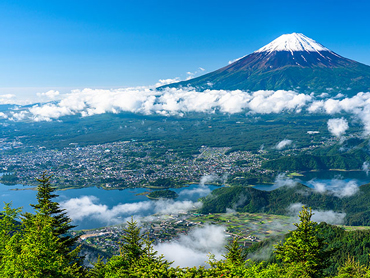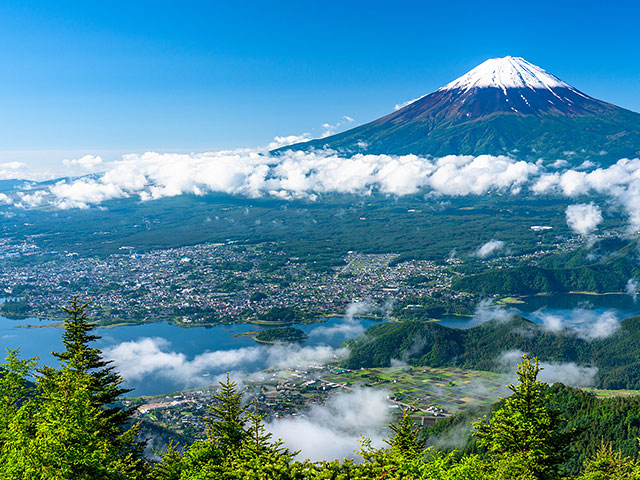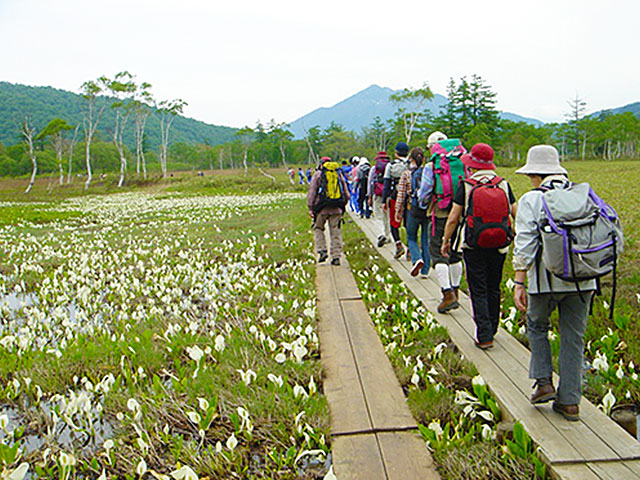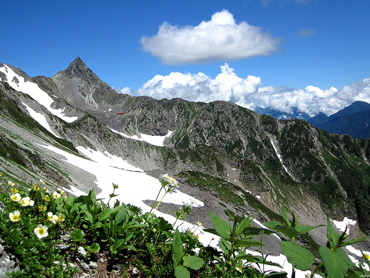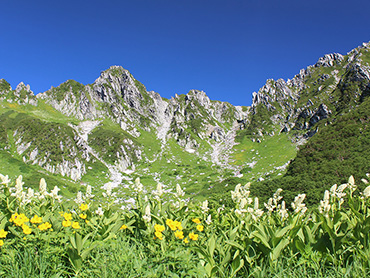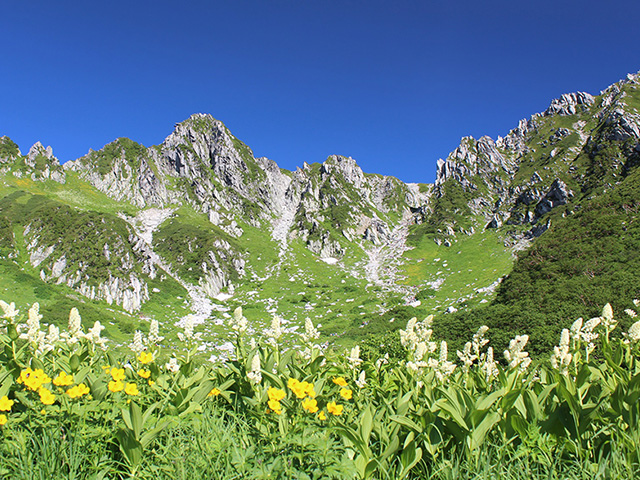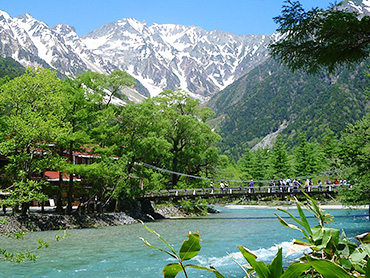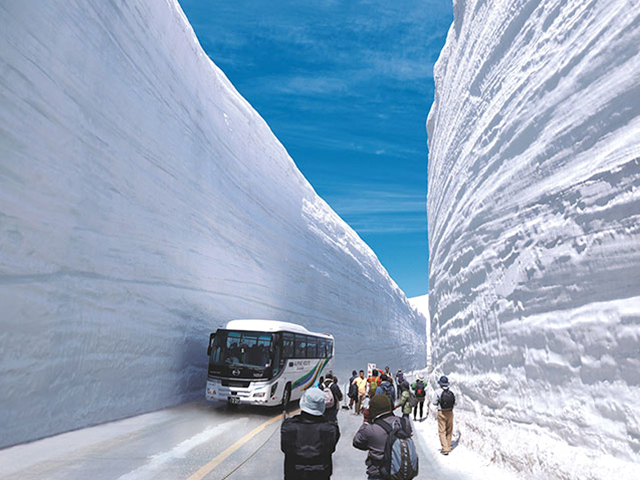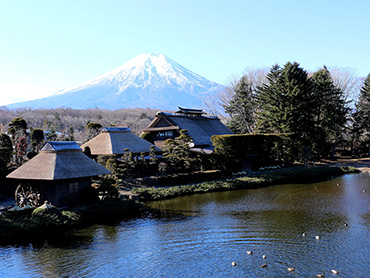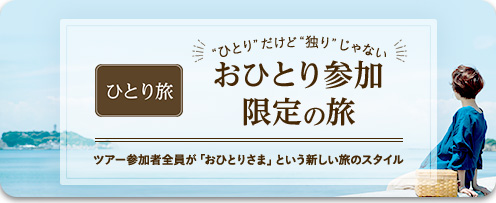
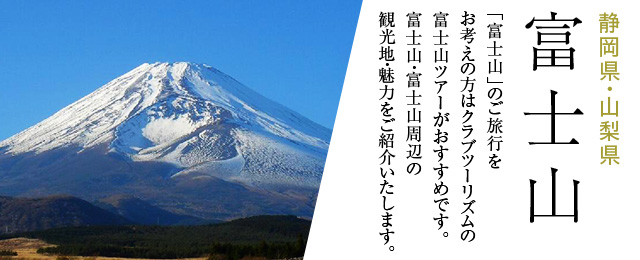
If you are going on a tour or trip to climb Mt. Fuji, hike, or go sightseeing in the surrounding area, leave it to Club Tourism! Our tours are accompanied by a tour guide, so you can feel safe and comfortable. We have plenty of options, from train, bus, and plane tours to Themed Travel such as climbing, hiking, and photography! Searching and booking tours is easy.
What kind of mountain is Mount Fuji?
-
Very popular for hiking and views
-
The mysterious Aokigahara forest
-
Fuji Great Lakes +1 What is the mysterious sixth lake?
-
Plants and animals that live on Mount Fuji
-
You can predict the weather from the clouds hanging over Mt. Fuji!!
-
Spring, Summer, Autumn and Winter Calendar
-
If you are interested in Mt.Fuji, we also recommend these special features!
Very popular for hiking and the views! Mount Fuji, the highest mountain in Japan at 3,776m above sea level

(Image)
Mount Fuji, the highest mountain in Japan.
This active volcano, located between Yamanashi-ken and Shizuoka-ken, is loved by many people as a mountain that symbolizes Japan.
It has been selected as one of Japan's Three Famous Mountains and one of Japan 100 Famous Mountains, and is a popular spot that is always crowded with climbers of all ages and genders every year (season: Jul. to Aug.).
There are four mountain trails (Fujinomiya Route, Subashiri Route, Gotemba Route, and Yoshida Route), and as there are well-maintained roads and mountain trails up to Gogo, many people visit by bus or car. On a clear day, it is a popular tourist spot with a panoramic view of Yamanakako, Fujiyoshida-shi, and Lake Kawaguchi below.
[Study Tip] An introduction to the origin and brief history of Fujiyama!

(Image)
Fujiyama took on its current shape approximately 10,000 years ago.
The first eruption began at the current location hundreds of thousand years ago, and the volcanic ash and lava that accumulated through repeated eruptions gradually formed a mountain, which grew to an altitude of over 3,000 meters.
Furthermore, a large-scale eruption occurred about 11,000 years ago, resulting in the outflow of a large amount of lava. After it cooled and solidified, it was exposed to wind and rain, causing the center to collapse, resulting in the current shape of a cone with the top cut off!
Mount Fuji and the area around it are nature spots brimming with nature

(Image)
Of course, climbing Mount Fuji is popular, but you can't miss the popular spots in Yamanashi and Shizuoka prefectures.
<The mysterious Aokigahara Sea of Trees>
At the base of Mount Fuji there are numerous lava caves that testify to the immense power of Mount Fuji's eruptions.
Among these, the Aokigahara Jukai forest presents a unique appearance as a forest formed on the lava flows of Mount Fuji, and is a natural environment that we can be proud of around the world, where we can encounter a wide variety of flora and fauna.
Spreading over an area of about 30 square kilometers at the northwest foot of Mt. Fuji, it was once a lake, but in 864, a major eruption of Mt. Fuji covered the lake surface with lava and volcanic ash. Over the next 1,200 years, a primeval forest formed, forming the Aokigahara Jukai forest we see today.
It has now been developed into a tourist spot, with walking trails and other facilities.
Fuji Great Lakes +1 What is the mysterious sixth lake?

Fuji Five Lakes, which are scattered at the foot of Mt. Fuji, are introduced as lakes Yamanaka, Motosu, Sai, Shoji, and Kawaguchi, which were formed by lava from the repeated eruptions of Mt.
The phantom lakes are usually dried up, but when a large amount of rain falls around the Fuji Five Lakes (Lake Yamanaka, Lake Kawaguchi, Lake Nishiko, Lake Shojin, and Lake Motosuko) it is said to appear east of Lake Shojin, Akaike It is.
It is called a phantom lake because it is rarely seen without the condition of after heavy rain.
In the past, it appeared in 1998 and 2004, but recently in 2011, it made its first appearance in seven years.
Plants and animals that live on Mount Fuji
Mount Fuji, the highest mountain in Japan, has a diverse natural environment and is home to a diverse range of flora and fauna throughout the seasons.
From the alpine zone above 2,500m to the hill zone below 700m, countless plants and animals live here, forming a magnificent distribution of flora.
Many plants and animals can be observed along the mountain trails. If you are familiar with the nature of Mount Fuji, you will be able to enjoy climbing even more.
Mt.Fuji vertical distribution of flora and fauna
Alpine zone
Plants: Carex rockans, Rock clover, Ondade, Hedera membranacea, Fujihataza, etc.
Animals: Weasel, rock lark, stoat, Japanese serow, Japanese field mouse, nutcrow, dormouse, fox, etc.
Subalpine Zone
Plants: Fuji thistle, Hakusan rhododendron, Kana lily, Meigetsusou, Veitchii fir, Purple momensuru, Unoichiyakusou, etc.
Animals: Badger, weasel, wild boar, fox, raccoon dog, Asiatic black bear, flying squirrel, hare, squirrel, etc.
You can predict the weather from the clouds hanging over Mt. Fuji!!
At the foot of Mount Fuji, there are proverbs related to Mount Fuji and clouds, such as "A single cap among the clouds covering the mountaintop is a sign of rain" and "A detached cap in the sky above the peak is a sign of good weather." People have used the appearance of the clouds to predict the weather and use it for farming and daily life.
Look at the shape of the clouds over Mount Fuji and predict the weather and temperature.

Hat (sunny)
Clouds that have separated from the mountaintop and appear to be floating. A sign of clear skies.

One hat (rain)
Clouds that look like a hat on the mountaintop. A sign of rain that is often seen from spring to summer.

Horizontal striped hat (wind and rain)
Clouds that look like they have multiple layers of umbrellas. They are common in summer and are a sign that the rain and wind will get stronger.

Sleeved hat (wind and rain)
The clouds that envelop the mountaintop and look like they are wearing a "kayamaki" (a sleeping bag with sleeves) are called "kaimakigasa."
Spring, Summer, Autumn and Winter Calendar
Full of highlights! We introduce a variety of seasonal events around Mt. Fuji.

Spring is for
"Fujizakura Festival"
Apr. 20th -May 6th
Other!
Fuji Shibazakura Festival, Herb Festival, etc.

(Image)
Summer is definitely for
"Mount Fuji climbing"
Jul. 1st to Aug. 31st
Other!
Mount Fuji Taiko Festival, Hydrangeas at Tenjoyama Park, Yoshida Fire Festival, Japanese Silver Grass Festival, etc.

(Image)
Winter is for
"Toki no Sumika Illumination"
Late Nov. to early Mar. of the following year
Other!
Saiko Wild Bird Forest Park Ice Festival, Lake Kawaguchi Fireworks Festival, etc.

Autumn is for
"Fujikawaguchiko Lake Kawaguchi Leaves Festival"
Late Oct. ~
Other!
Lake Yamanaka sunset beach, autumn leaves festival, etc.
If you are interested in Mt.Fuji, we also recommend these special features!
Customer Co-Creation Activities
Latest Tours and Information
Club Tourism Travel Brand
Overseas Travel
Club Tourism Internet Membership Information
-
A wide range of services exclusively available to members
-
Search for trips anytime, anywhere!
-
Be the first to know about the best seasonal travel deals!

